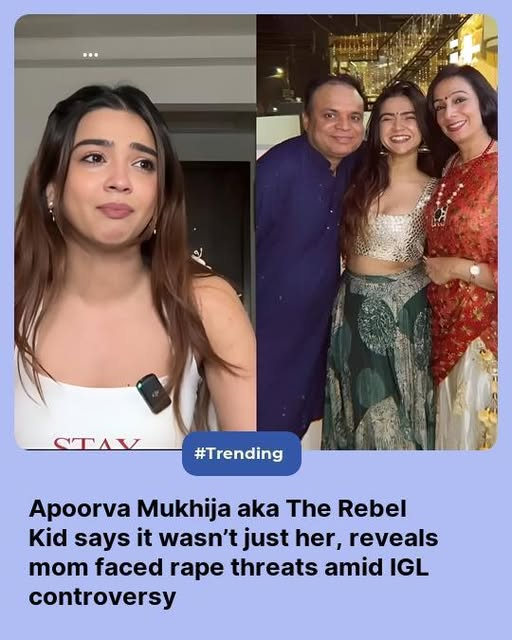Why The Internet’s New Obsession With "Day in the life of a 21-year-old married woman" Might Be Taking Women Back in Time
- Prashi Jain
- Aug 20
- 3 min read
While scrolling through Instagram, it’s not uncommon to stumble upon a reel showing the daily life of a 21-year-old wife. A soft morning glow, a quiet prayer, breakfast being cooked with care, a home that seems peaceful and perfectly kept. The visuals are warm, the music calming, and the tone almost dreamlike. Comments pour in- “so graceful,” “this is goals,” “true Indian culture.” On the surface, there’s nothing controversial. It feels comforting, even ideal. But the deeper you look, the more it seems we’re romanticising something much more complex.
Because what happens when being married at 21 stops being just a personal choice and starts becoming a quietly promoted norm? And how does that affect the movement that spent decades trying to create space for women to do more, be more? This isn’t just nostalgia dressed up in filters, it’s a cultural shift, repackaged for the algorithm.
Marriage at a young age has always been familiar in India. But now it’s being aestheticised. It’s no longer about parental expectations or societal pressure; instead, it’s carefully edited content that turns domesticity into lifestyle inspiration. Instead of cautioning young girls about rushing into lifelong commitments, we’re being fed visuals of elaborate rangolis, fresh rotis on steel plates, and coordinated outfits: all set to soothing lo-fi tracks. The issue isn’t the content itself, but the absence of context. Without it, we risk glamorising what might actually be limitation, not liberation.
Sure, there are women who genuinely want this path, and that should always be respected. But it’s worth asking where that desire is coming from. When girls grow up being told that marriage is the natural next step after graduation, that ambition is fine but should be timed carefully, and that being “too late” might make you less desirable, then how free is that decision, really? Today, the language is less forceful, more “friendly.” It’s not “you must marry,” but “just see the rishta,” or “you can work after marriage too.” It’s a suggestion, not an order- but the result can often look the same.
For years, feminism in India has pushed for the right to be more than a role: more than someone’s daughter-in-law, wife, or mother. It asked for space: to study longer, work harder, and marry later- or not at all. And yet, when settling down early is presented as the picture-perfect dream and careers quietly pushed aside, we start to lose that space again. Not through loud resistance, but softly, reel by reel.
The danger is subtle. When young girls repeatedly see early marriage praised, while being single at 25 is questioned, they start to internalise that timeline. They begin to feel behind. And what we don’t see in these trending reels are the invisible edits: the paused degrees, the relocated lives, the quiet compromises. The moments of loneliness in unfamiliar homes, or the weight of adjusting in silence. These don’t go viral.
This isn’t about blaming marriage or those who choose it early. It’s about asking why that one version of womanhood is being celebrated above others. Why is independence seen as risky while domesticity is seen as divine? Why is patience for a career considered bold, while a marriage at 21 is called graceful?
Not all women want the same life- and that’s exactly the point. Feminism was never about one ideal, but about having real choices. But choices can only be real when they come without cultural scripts hidden under pastel filters. Because when all we applaud are the thalis and not the trade-offs, we’re not moving forward- we’re just dressing up the same old expectations in better lighting. And the price we pay for that isn’t just personal- it stretches far beyond us, across generations.
(A Day in the life of a 21-year-old married woman)








Comments